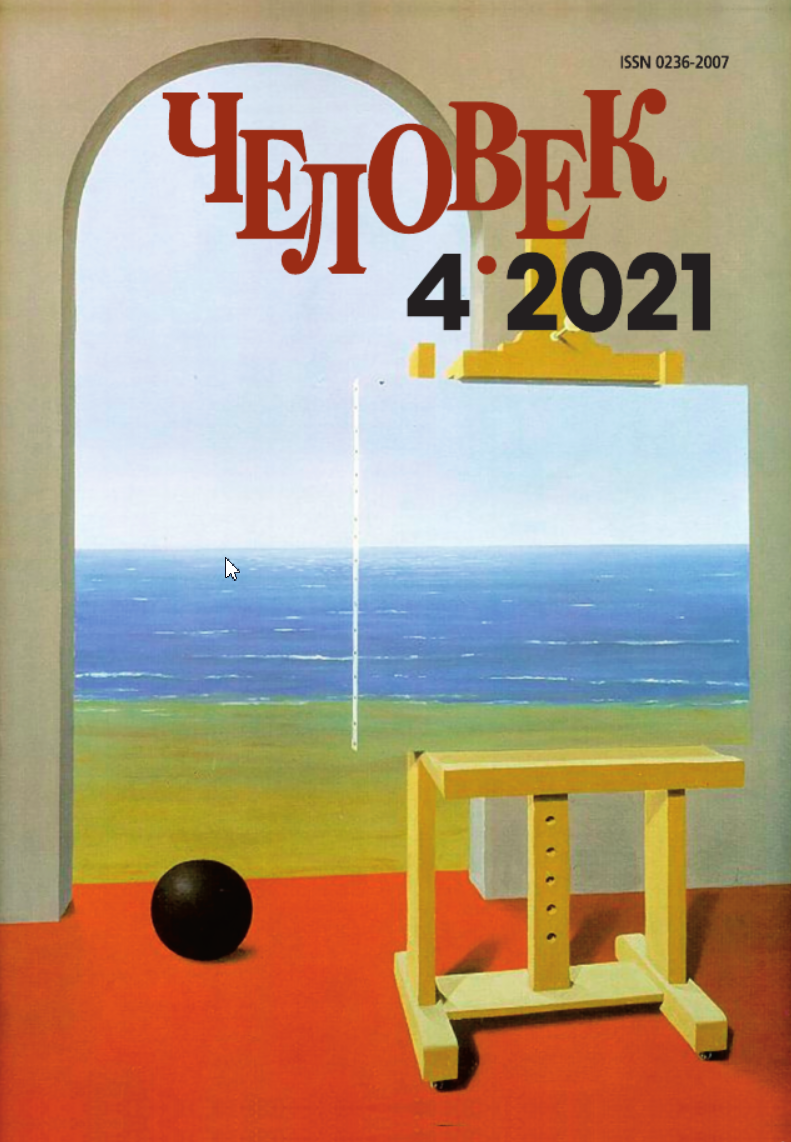The Art as a Representation of the Existentia
Keywords:
art, existence, an art form, language of art, existentialism, existential, cultural anthropology, the anthropic principle in art, systematicityAbstract
The survey research was fulfilled within the interdisciplinary approaches “anthropology of art” and “existential art science”, updating the concept of “anthropic principle in artistic creativity” demanded by modern humanitarian science. The relevance of the topic is due to the special attention of the art of modern times to existential problems: art practice of the late 19th – the first two decades of the 21st century to the present day in its species, style and genre diversity actively present anthropological terms and meanings. The author of the article emphasizes the immanent nature of the existential foundations of artistic creativity, points to the special role of the phenomenon of Homo faber (man creating) in the composition of Homo sapiens as a biological species, but at the same time pays attention to the role of existential philosophy (starting with S. Kierkegaard), which influenced shaping strategies in world art. The author is interested in ways to represent existential meanings with the plastic capabilities of fine art, procedural forms of neo-avangard, screen arts, theater, poetry, and artistic prose. Special attention is paid to the anthropological potential of the art form — minimal elements of the language of art, plastic nuances of the means of artistic explanation. Within the stereoscopic existential-art-historical approach, the reader is invited to evaluate both the works of modern painting, graphics, sculpture, poetry and fiction, cinema and video art of Russia and the world, which have already become classics and practically unknown to the general public. A detailed panorama of images and languages of art is designed to represent the hypostasis of an existential person — transcending, creating, free, suffering, lonely, loving, frightening, experiencing the experience of death. The mentioned phenomena are considered as structural elements of the system of the existence of human being created by the author, analyzed from an aesthetic and artistic perspective. A similar method of analysis in this context is used for the first time in world science.






